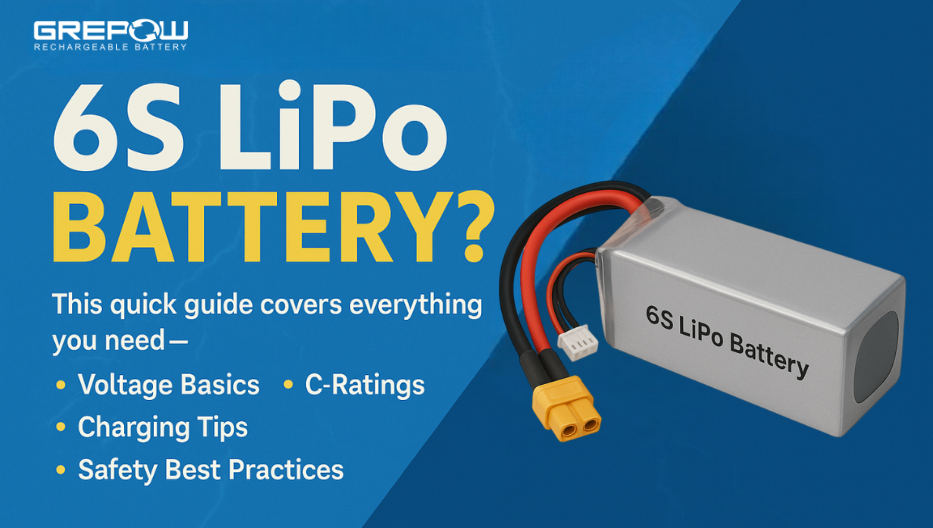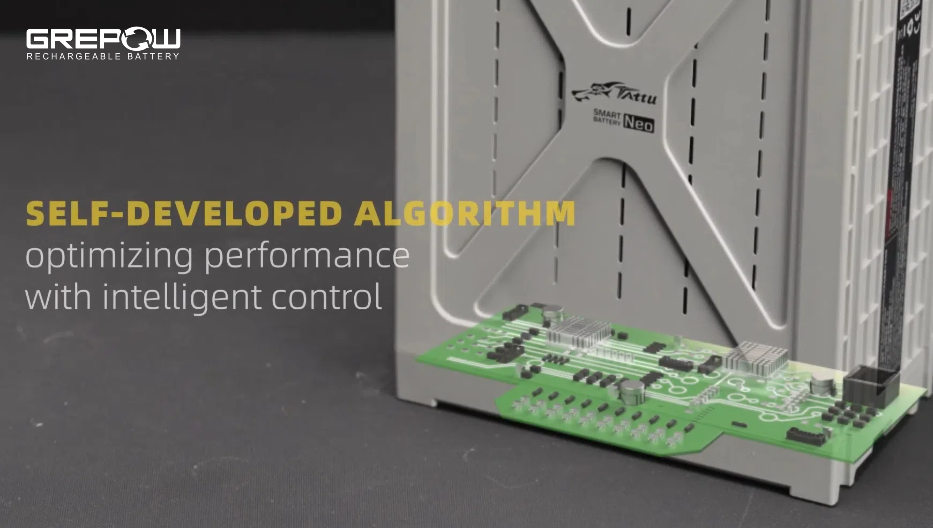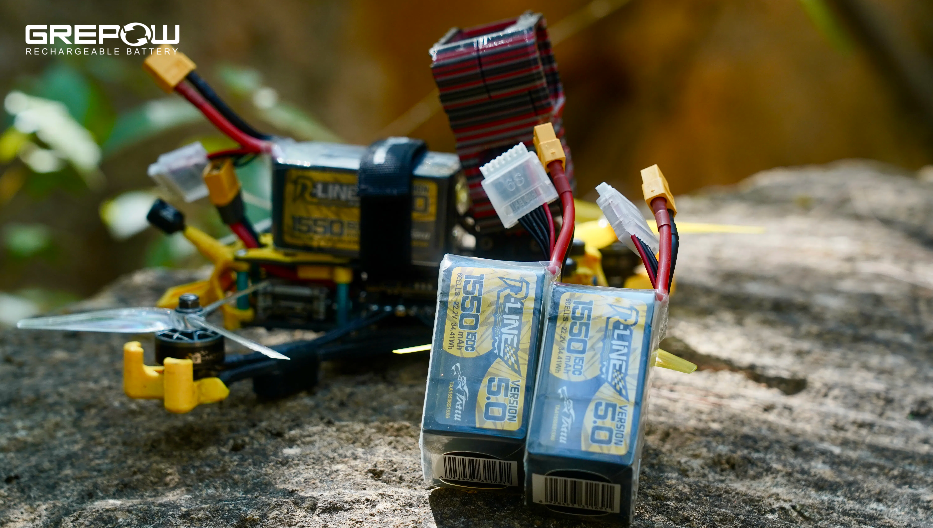A LiFePO4 battery vs lithium ion polymer battery
The cycle life of a Lithium iron phosphate (LiFePO4) battery is more than 4 to 5 times that of other lithium ion polymer batteries. The operating temperature range is wider and safer; however, the discharge platform is lower, the nominal voltage is only 3.2V, and the fully-charged voltage is 3.65V.
Lithium iron phosphate is mostly used to replace traditional lead-acid batteries. We also often find that lithium iron phosphate batteries are used in household solar energy systems, fishing, golf carts, outdoor portable energy storages, and electric motorcycles.
What is a Lithium iron phosphate battery?
Lithium-ion polymer (LIPO) battery
A lithium ion polymer battery is a kind of rechargeable battery that mainly relies on the movement of lithium ions between positive electrode and negative electrode to work. Lithium ion batteries use an intercalated lithium compound as an electrode material. At present, the commonly used cathode materials for lithium ion batteries are: lithium cobalt oxide (LCO battery), lithium manganate (LMO battery), lithium-ion ternary (NCA, NMC battery), and lithium iron phosphate (LiFePO4 battery).
Lithium iron phosphate (LiFePO4, LFP) battery
A lithium iron phosphate battery is a type of lithium ion polymer battery that uses LiFePO4 as the cathode material and a graphitic carbon electrode with a metallic backing as the anode. The LiFePO4 battery, also called the LFP battery, is a type of rechargeable battery. It is the safest Lithium battery type currently available on the market today. It is made to be small in size and light in weight, and the cycle life can reach thousands of cycles.
The difference between LiFePO4 batteries and other li-ion batteries
Inherited some advantages from Lithium-ion batteries
Large current charging and discharging are one of the advantages of LiPo batteries, which allows a device to release more energy in a short period of time. These batteries are used more in racing and power tools: almost all drones and RC model batteries use lithium ion batteries. Batteries for RC models normally reach 15C, 30C, 50C discharge. Lithium-ion polymer batteries with high discharge rate can reach a maximum of 50C (continuous) and 150C (pulse). They are light in weight, have a long life, and can be manufactured into various shapes. These are just some of the advantages of lithium ion batteries, and lithium iron phosphate batteries have these advantages.
Long cycle life
Because a LFP battery’s cycle life is 4 to 5 times that of other lithium ion batteries, it can reach 2000 to 3000 cycles or more. The LiFePO4 battery can also reach 100% depth of discharge (DOD). This means that, for energy storage products, there is no need to worry about over discharging a LFP battery, and it can even be used for a longer period of time. A good LiFePO4 battery can be used for 3 to 7 years, so the average cost is very affordable.
For more content on depth of discharge (DOD), you can read this article: What is DOD for LiFePO4 batteries?
However, a LiFePO4 battery is not suitable for wearable devices as its energy density is lower than that of other lithium-ion batteries. Furthermore, the battery compartment has limited space, so the capacity is relatively lower. Thus, compared to another LiPo battery, a LFP battery does not have quite as good endurance and compatibility with the conditions and internal space of wearable devices.
Why are most lithium iron phosphate batteries 12V?
It is said that the lithium iron phosphate battery can perfectly replace the lead-acid battery. The nominal voltage of a lead-acid battery is 2V, and the six lead-acid batteries connected in series are 12V. However, the 12V LiFePO4 battery pack is generally composed of 4 battery cells connected in series. The nominal voltage of a single lithium iron phosphate pouch cell is 3.2V.
When adding the voltage of the series, we get 12.8V (3.2V * 4 = 12.8V).
There are also the 24V (25.6V) and 48V (51.2V), which are commonly used. In addition, the voltage requirement of most industrial applications is 12V or above, which is also the minimum standard of the nominal voltage of general industrial batteries. There are also many applications that need to reach 220V, even 380V or above, such as an industrial forklift, winch, electric drill, etc. The sales of 24V and 48V electric forklifts are on the rise especially recently, so a primary concern is over how safe a battery is. Compared to the lithium cobalt oxide and lithium manganese oxide batteries, lithium iron phosphate batteries are a lot more safe. The advantage of high life can reduce the whole costs of maintaining and replacing the battery as well.
The shortcomings of cold temperature
Compared to other LiPo and lead-acid batteries, lithium iron phosphate batteries have poor resistance in low-temperature environments; generally, they can only discharge at -10℃ to -20℃. However, clients think positively of LFP batteries and their high safety functions. They sacrifice some battery performance and specify that they discharge at -30℃ to -40℃. These batteries are mostly used in the special or deep sea and space equipment.
Learn more about batteries
Keep an eye out on Grepow’s official blog, where we regularly update industry-related articles to keep you up-to-date. Grepow website: https://www.grepow.com/
Grepow Blog: https://www.grepow.com/blog.html
Related Articles
-

Practical Guide to 6S LiPo Batteries for Drones & RC Models
2025-04-23 -

What Is a BMS Battery?
2025-04-23 -

What Is a 7 Inch FPV Drone?
2025-04-15


















































